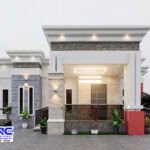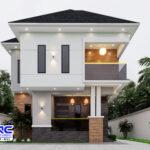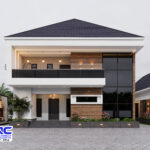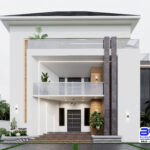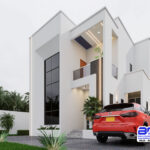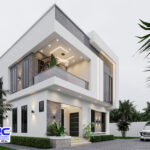Iron rods are one of the most essential materials in building construction, especially in Nigeria where concrete is the go-to material for both residential and commercial structures.
These rods, also known as reinforcement bars (rebars), are embedded into concrete to give it tensile strength and structural integrity.
If you’re working on a building project or planning one, it’s important to understand the different types of iron rods used in Nigerian construction.
This knowledge will help you choose the right materials for safety, durability, and cost-effectiveness.
Table of Contents
Toggle
Types of Iron Rods Used in Construction in Nigeria
There are several types of iron rods commonly used across building projects in Nigeria. These include:
1. TMT Bars (Thermo-Mechanically Treated Bars)
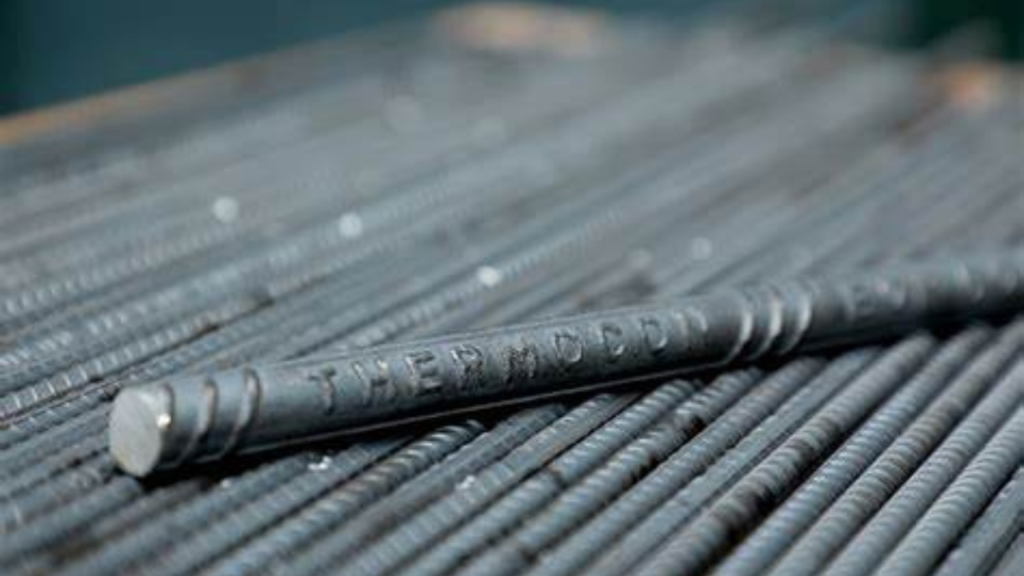
Description:
These are high-strength reinforcement bars with a tough outer surface and a soft inner core.
Characteristics:
- High tensile strength
- Earthquake-resistant
- Corrosion-resistant
Common Uses:
Widely used in residential buildings, bridges, dams, and high-rise structures.
TMT bars are gradually replacing traditional mild steel due to their durability and strength.
2. Mild Steel Bars
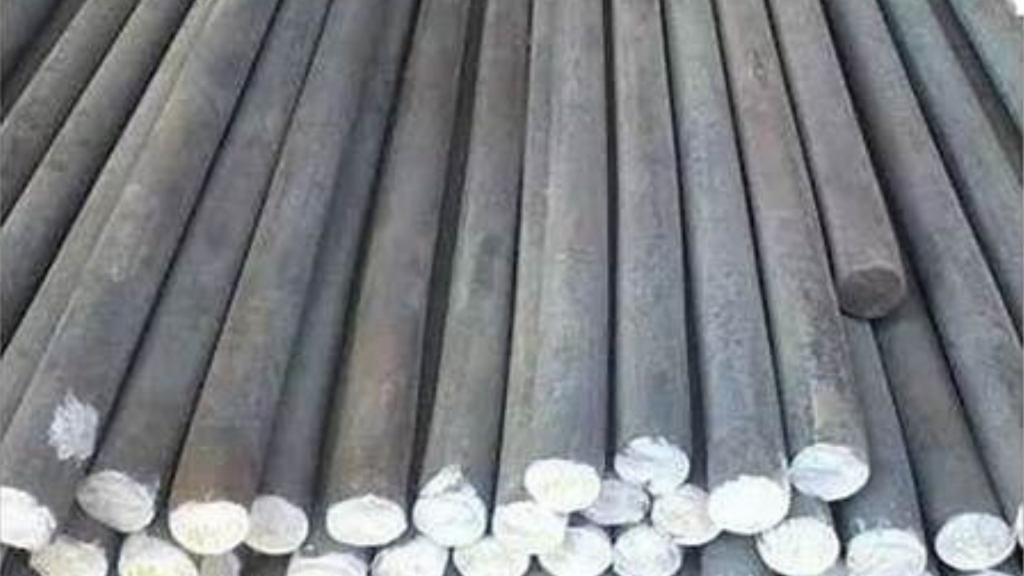
Description:
These are plain round bars made of mild steel with a smooth surface.
Characteristics:
- Low tensile strength
- Easy to bend and cut
- Not suitable for heavy loads
Common Uses:
Suitable for small construction works, fencing, and lightweight structures.
Note: Not commonly used for structural elements in modern construction due to their limited strength.
3. High-Yield Strength Deformed (HYSD) Bars
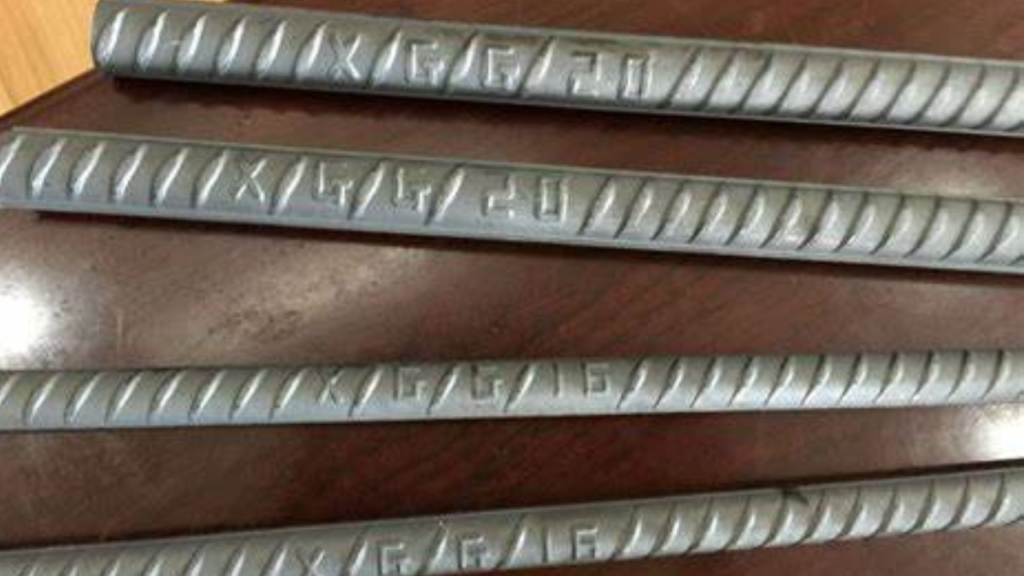
Description:
These are steel bars with ribs, lugs, or deformations on the surface to enhance bonding with concrete.
Types:
There are two main types of High-Yield Strength Deformed (HYSD) Bars used in construction:
- Torsed/Twisted Steel Bars (TOR Steel Bars) – These bars have a twisted surface, which enhances their bonding with concrete.
- Cold Twisted Deformed Steel Bars (CTD Steel Bars) – These bars undergo cold twisting to improve their strength and durability.
Both types are widely used in reinforced concrete structures for their superior tensile strength and resistance to deformation.
Characteristics:
- Higher strength compared to mild steel
- Better bonding with concrete
Common Uses:
Foundations, beams, slabs, columns, and heavy structural components.
4. Ribbed Iron Rods
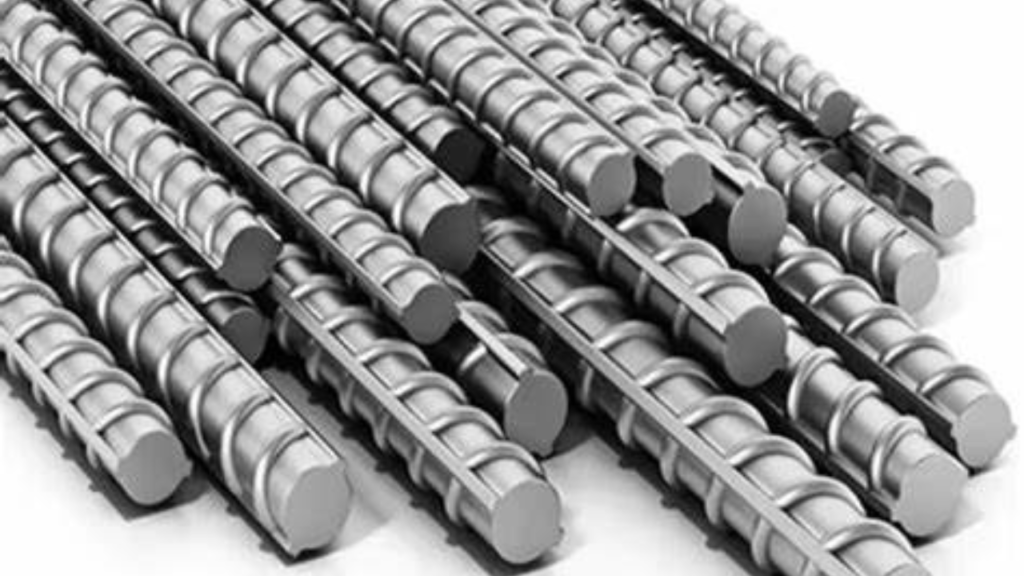
Description:
These rods have patterned ridges on the surface that help them grip the concrete firmly.
Characteristics:
- Excellent bonding
- Higher resistance to stress
Common Uses:
Critical structural elements where strong reinforcement is needed.
Common Sizes of Iron Rods in Nigeria
In Nigeria, the standard diameters of iron rods include:
- 6mm – Often used as stirrups or links in beams and columns
- 8mm and 10mm – Used for light structural elements like lintels and slabs
- 12mm, 16mm, 20mm, 25mm, and 32mm – Used for columns, beams, foundations, and heavy load-bearing structures
The choice of size depends on the design requirements provided by a structural engineer.
Locally Rolled vs. Imported Iron Rods
Nigeria has both locally produced and imported iron rods.
While local rods are more affordable and widely available, imported rods especially from countries like Turkey are often considered stronger and more reliable.
However, always verify quality and check for standard certifications when purchasing.
How to Identify Quality Iron Rods
- Look for manufacturer’s marks or labels
- Check for uniform ridges or ribs
- Verify straightness and length
- Test for brittleness or cracks by bending
Working with a qualified structural engineer or builder can also help ensure you’re using the right type and quality of iron rods for your project.
Conclusion
Choosing the right type of iron rod is critical to the success and safety of any construction project.
Whether you’re building a bungalow or a skyscraper in Nigeria, understanding the different types of iron rods TMT, HYSD, mild steel, and ribbed bars, will help you make informed decisions.
Always ensure you source your materials from reputable suppliers and consult with professionals to ensure your structure stands the test of time.
Frequently asked questions
What are the main types of iron rods used in construction?
The most common types include Mild Steel Bars, Deformed High-Strength Bars (HSD Bars), Thermo-Mechanically Treated (TMT) Bars, and Corrosion-Resistant Rebars.
What is the difference between Mild Steel Bars and Deformed Bars?
Mild Steel Bars have a smooth surface and are easy to bend, making them suitable for small-scale construction.
Deformed Bars have ridges or lugs that improve bonding with concrete and are used in high-strength applications.
Why are TMT Bars preferred in modern construction?
TMT Bars undergo a special heat treatment process, making them stronger, more ductile, and resistant to corrosion.
They are widely used in residential, commercial, and industrial projects.
What are Corrosion-Resistant Rebars used for?
These rebars contain elements like copper, phosphorus, and chromium, which enhance their resistance to rust.
They are ideal for coastal areas and sewage treatment plants.
Can iron rods be used for decorative purposes?
Yes! Wrought Iron Rods are commonly used for decorative applications such as gates, railings, and artistic designs.

